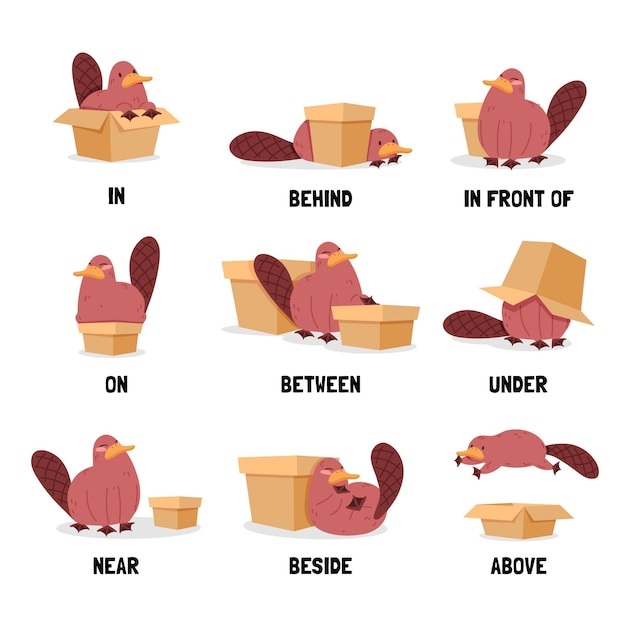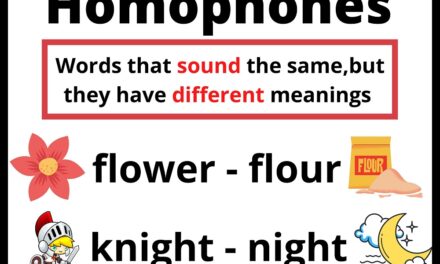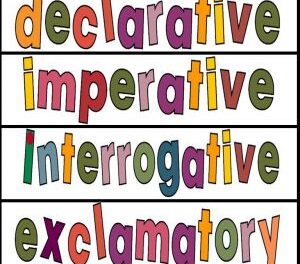Today we’re going to learn about special words called prepositions that help us describe where things are and how they relate to each other. Think of prepositions as bridge words that connect different parts of a sentence!
What is a Preposition?
A preposition is a word that shows the relationship between a noun (person, place, or thing) or pronoun (words like he, she, it) and other words in a sentence.
Prepositions can also be called place words because they help us to understand the position of things.
They are usually put before the nouns and pronouns.
They help us understand:
– Where something is
– When something happens
– How something is done
Common Prepositions in Action
Let’s look at some common prepositions and how we use them:
- “In” – We use this when something is inside something else
– The toys are in the box.
– The fish swims in the water.
– The cookies are in the jar.
- “On” – We use this when something is touching the top surface
– The book is on the table.
– The painting is on the wall.
– The cat is sleeping on the bed.
- “To” – We use this to show movement toward something
– I am going to school.
– She gave the letter to her friend.
– The dog ran to the park.
Special Pairs of Prepositions
Sometimes prepositions that sound similar can be confusing. Let’s learn the differences:
- “By” vs. “With”
– “By” shows who does something:
– The cake was baked by my mother.
– The picture was drawn by me.
– “With” shows what we use or who accompanies us:
– I cut the paper with scissors.
– I went to the movie with my friend.
- “Between” vs. “Among”
– “Between” is used for two things:
– The ball rolled between the two trees.
– Stand between Tom and Jerry.
– “Among” is used for three or more things:
– The puppy was playing among the children.
– She found her pencil among her books.
- “In” vs. “Into”
– “In” shows location:
– The fish is swimming in the pond.
– The toys are in the box.
– “Into” shows movement from outside to inside:
– The fish jumped into the pond.
– Put the toys into the box.
- “On” vs. “Over”
– “On” shows direct contact:
– The book is on the shelf.
– The picture is on the wall.
– “Over” shows position above something:
– The bird flew over the house.
– The rainbow appeared over the mountain.
Remember:
– Prepositions are like little direction words
– They help us understand where things are
– They show how things relate to each other
– Different prepositions can mean very different things
– Practice using them in your daily conversations!
Keep practicing, and soon you’ll be a preposition expert! 😊

















